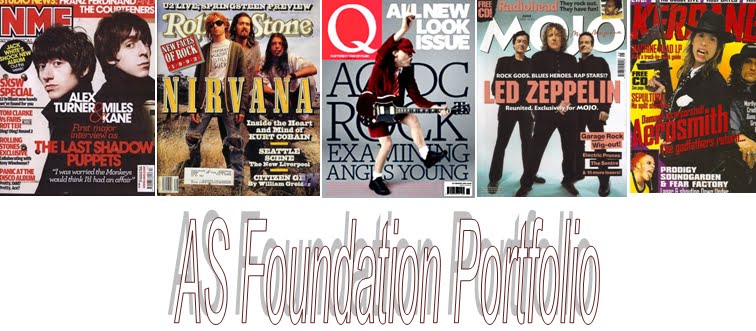 The knowledge I have gained from using Adobe Photshop, Fireworks, and Paint.Net have increased radically since starting my preliminary. I am now able to construct a magazine front cover, double page spread and contents page using all three programmes. For my preliminary I was only able to construct my front cover using Microsoft Publisher, which is in adequate in relation to the other software's. By using the layer tool on Photoshop this allows me to position and apply different images and text in a neat and orderly fashion - which in all looks professional. I can now easily adjust the different contrast levels following my own house style, apply shadows, bevel text boxes, adjust fonts by making them bolder, put a shadow around them and basically construct the whole front cover. I have also learned that lighting is the key to taking a good photograph, applying the rule of thirds and depth of field in order to obtain a professional looking image. Also Photoshop allowed me to make the image look sharper, cutting the main image out with the lasso tool, using the magic wand to erase the background, applying different levels of contrast to the image; making it look more professional as though it had been created in a studio. In all I have learned all the basics from creating my preliminary on Publisher, to advancing my skills onto different software's such as Photoshop and Fireworks, and maintaining a professional house style throughout, with the help from my many magazine analysis', my own imagination, and finally working independently and consistently.
The knowledge I have gained from using Adobe Photshop, Fireworks, and Paint.Net have increased radically since starting my preliminary. I am now able to construct a magazine front cover, double page spread and contents page using all three programmes. For my preliminary I was only able to construct my front cover using Microsoft Publisher, which is in adequate in relation to the other software's. By using the layer tool on Photoshop this allows me to position and apply different images and text in a neat and orderly fashion - which in all looks professional. I can now easily adjust the different contrast levels following my own house style, apply shadows, bevel text boxes, adjust fonts by making them bolder, put a shadow around them and basically construct the whole front cover. I have also learned that lighting is the key to taking a good photograph, applying the rule of thirds and depth of field in order to obtain a professional looking image. Also Photoshop allowed me to make the image look sharper, cutting the main image out with the lasso tool, using the magic wand to erase the background, applying different levels of contrast to the image; making it look more professional as though it had been created in a studio. In all I have learned all the basics from creating my preliminary on Publisher, to advancing my skills onto different software's such as Photoshop and Fireworks, and maintaining a professional house style throughout, with the help from my many magazine analysis', my own imagination, and finally working independently and consistently.I used my original image to help me produce a highly stylised front cover.













